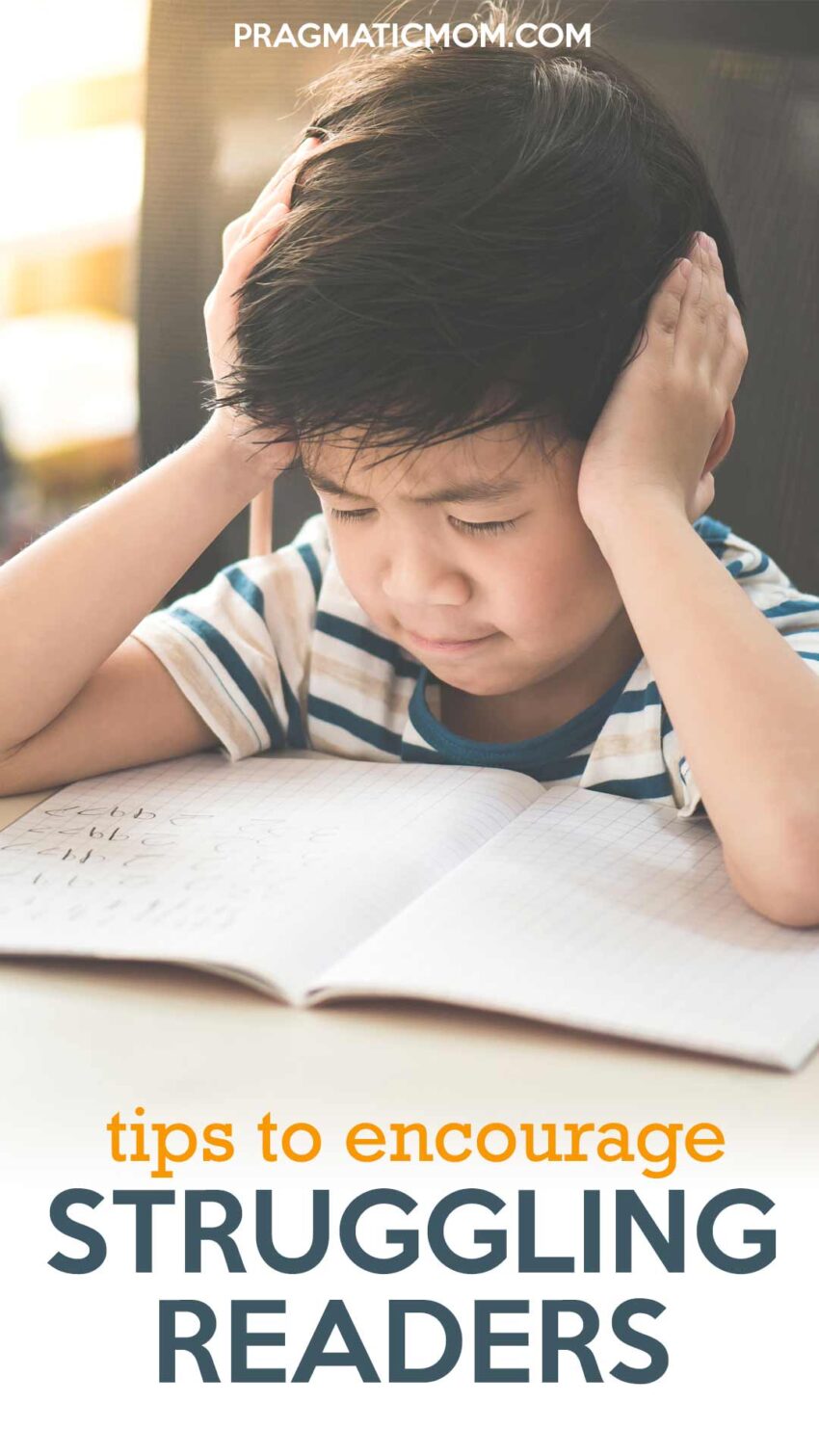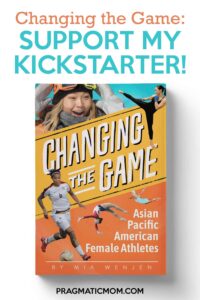This article is from Child First. I know that many of us parents are gearing up for summer reading both to get our kids to enjoy reading and to complete summer homework assignments. If your child does not love to read, this can be really stressful for both parent and child.
This is a great article that gives Tips for Encouraging Struggling Readers. Reading is like a bell curve (remember those from college science classes? ugh!). Once your child gets over the hump, reading becomes something that is pleasurable. I hope these tips are helpful for you.
Tips to Encouraging Struggling Readers
1. Choose books carefully.
Not only should the book be something that your child gravitates toward, but the words he’ll be reading should be ones he won’t find too difficult. The topic should appeal to him, the illustrations should be fun and lively, and if possible, books with humor will go a long way towards creating positive biases for reading.
2. Ensure her success.
The quickest way to discourage a child who has difficulties with reading is to ask her to read something that is too difficult. It is okay if the book contains a few hard words, but make sure that the illustrations or the context of the sentence will help your child figure the words out. It’s much better, however, to give her an easier book and let her feel competent!
3. Pre-teach new concepts.
Before you turn your child loose to read the book, scan the text yourself to find anything that she might not be able to recognize on sight. Make sure you teach her those concepts before asking her if she wants to read the book. Our Easy-for-Me™ books are designed especially for this purpose – to ensure success and to pre-teach unknown concepts. Before reading each book, the notes to parents inside the front and back cover detail exactly what sounds your child must know and which sight words or sound spellings she needs to have under her belt before reading the book. Taking the time to pre-teach will go a very long way towards building her skill level and her confidence.
4. Take turns reading.
One thing that will make reading fun for your child is if you involve yourself also. Take turns reading a page or paragraph. Having you read will do several things for your child. He will be able to hear how you phrase, how you acknowledge punctuation, and how you read with expression. All this will model for him how a fluent reader sounds.
5. Record her reading.
My students loved to record themselves reading a book. In preparation for the actual recording session, the child would practice reading the book of choice several times just like she would practice before playing a game or doing a skit. Practice makes perfect, and also makes for fluency in reading. The beauty of recording your child is that she will be sure to listen to herself multiple times and will notice where she needs to smooth out. It is critical at this point that you not use the recording as a means to point out her frailties, but rather to praise her performance.
6. Set up a system of external rewards for reading.
I know, I know. I have heard all the debates about whether or not to use stickers or prizes or money as rewards for something a child should be doing anyway. But having been a mother and a teacher myself, I am all for doing whatever it takes to make reading fun. Use stickers on a chart – one for each book mastered. After ten stickers, there should be a little something your child wants. Not candy, not TV time, but maybe time spent with you on an outing or something like that. TV is likely the worst thing to give to a reluctant reader.
7. Let your child lead in the process.
For a child who has experienced difficulty or failure in reading, as much as is possible, give him back the control over his learning. Let him choose titles from ones you have screened, let him choose the stickers for the chart. Let the child determine when he is ready to record his book. Let him choose from a list of possible rewards for books read. As you scan books for appropriate language, let your child do it with you so he can learn how to do it for himself. Scanning the text will teach him to find the various words or sound spellings he is not familiar with and this can become a teaching moment for you.
8. Use resources that will help jump-start the process.
Our SnapLetters™ and SnapWords™ cards are specially designed for struggling readers; we’ve found that most struggling readers are visual learners who learn most quickly and effectively through colorful visuals and also through movements that are directly tied to their learning. Give your struggling reader a huge boost by getting our SnapWords™ so you can take the work out of homework for her.
9. Above all, be gentle, kind, and positive.
Remember, anything the brain associates with pleasant times will gravitate toward and want more of. Anything the brain associates with unpleasantness, it will attempt to avoid. So make everything to do with reading as wonderful as possible. Let your child choose the most fun or cozy place for reading. Cuddle while reading. Never, ever, ever yell, “Go read! You have to do your 20 minutes before you can go play!” as you go start making dinner. But I don’t need to say this! None of us would dream of doing that!
To examine any book more closely at Amazon, please click on the image of the book.
As an Amazon Associate, I earn from qualifying purchases.
p.s. Related posts:
Are All Kids Reluctant Readers? Mine Are! And What to Do
From Reluctant Reader to Voracious Reader: What Worked for Me
Partnered Reading Tutorial for Getting Reluctant Readers to Read
Tips for Engaging Reluctant Readers
Say It Ain’t So: My Child Is a Reluctant Reader
Funny Books for 3rd Grade Boy: Reluctant Reader Challenge
Books for 8yold Boy Reluctant Reader
Book Lists for Reluctant Readers
10 Books to Turn Reluctant Readers into Eager Ones!
The Middle School Reluctant Reader
How To: Get Reluctant Readers Who Can Decode Reading
Favorite Books for Reluctant Readers Grades 3-8
Writing for Reluctant Readers by Ty Drago
BEST #OWNVOICES CHILDREN’S BOOKS: My Favorite Diversity Books for Kids Ages 1-12 is a book that I created to highlight books written by authors who share the same marginalized identity as the characters in their books.


















Pre-teaching new concepts is so key. Another thing you can do when you are reading with your child is to talk about the things that you know your child doesn’t know about when you encounter them. Great ideas you have here.
Hi Joanne,
You are right that talking about words or concepts as you hit them when you read together is both fun and helpful. I like segueing into different topics that reading together brings up. It makes me feel like I’m teaching my child and he likes the little stories and/or explanations. Good point! Thank you! And thank you to Child First for the great post!